The 15 Greatest Masterpieces At The Met In NYC
The Harvesters" by Pieter Bruegel the Elder. "One of the never-ending delights of Pieter Bruegel the Elder is his depiction of everyday Netherlandish life. You can bask in every detail of the peasants enjoying a delicious picnic at the end of a day of hard labor in the golden fields.

Rodarte ensemble (2004) on view in The Costume Institute from May 9 to August 14. "This Rodarte knit dress captures that feeling of rebellion and sexiness that ground-breaking fashion designers inspire in all of us. The Met’s Costume Institute is one of the most important costume collections in the world and continues to wow us each year with spectacular exhibitions (and parties!)."
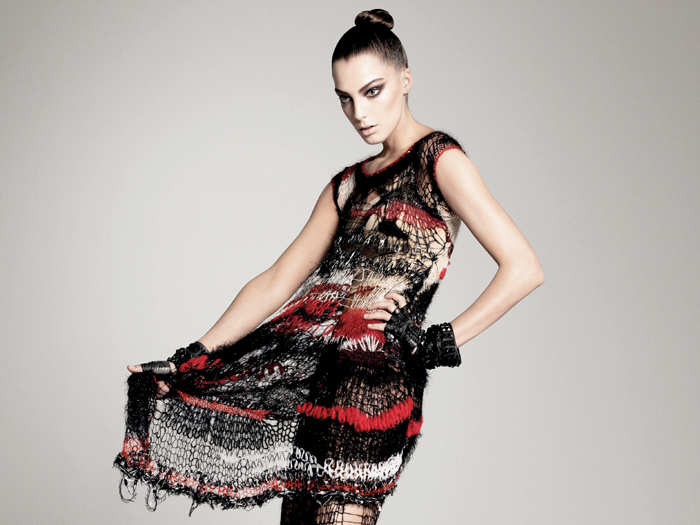
Fragment of a Queen's Face (ca. 1353–1336 B.C.). "Of all the extraordinary objects in the Met’s Egyptian collection, this fragment of a queen’s face blows me away with its exquisite and sensuous modeling. The yellow jasper seems as palpable as flesh and the sculpture is as modern as a Brancusi."
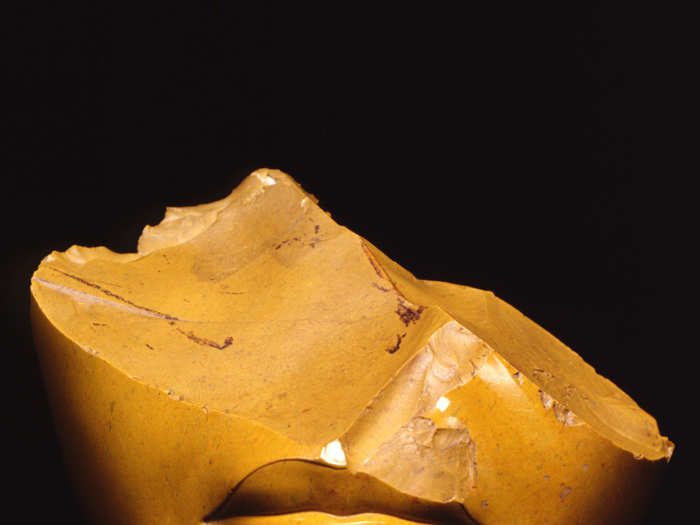
The Unicorn is Attacked" (from the Unicorn Tapestries in the Cloisters). "Of the entire series in the Unicorn Tapestries, this is the most dramatic—when the hunters attack the Unicorn. Tapestries were the great art form of Europe during this time and the artistry expressed here is off the charts. Definitely worth the trip to the Cloisters to experience the magnificence of these works in person.

Altarpiece Dedicated to Buddha Maitreya from the Northern Wei dynasty (386–534). "A stunning example of Northern Wei Buddhist bronze sculpture from one of the most amazing Asian art collections in the West. You feel spiritually enriched and closer to nirvana just from looking at this piece."
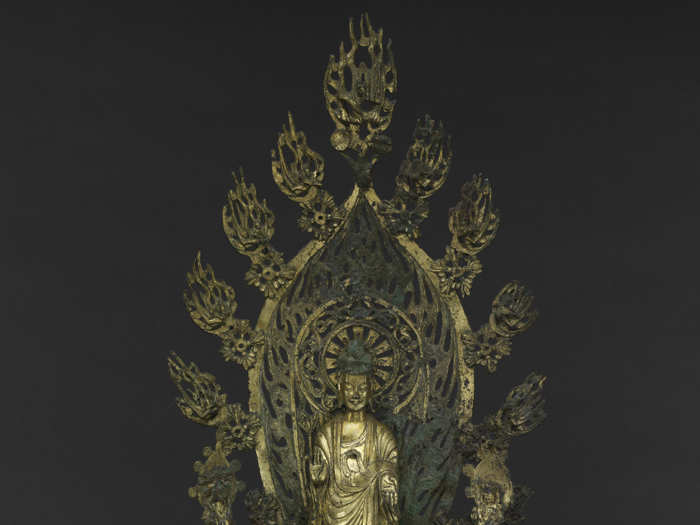
Portrait of the Boy Eutyches" from the Roman period. "This portrait of a boy was made in 100 AD. 1,100 some years later we can still marvel at the remarkable tenderness this artist was able to convey.
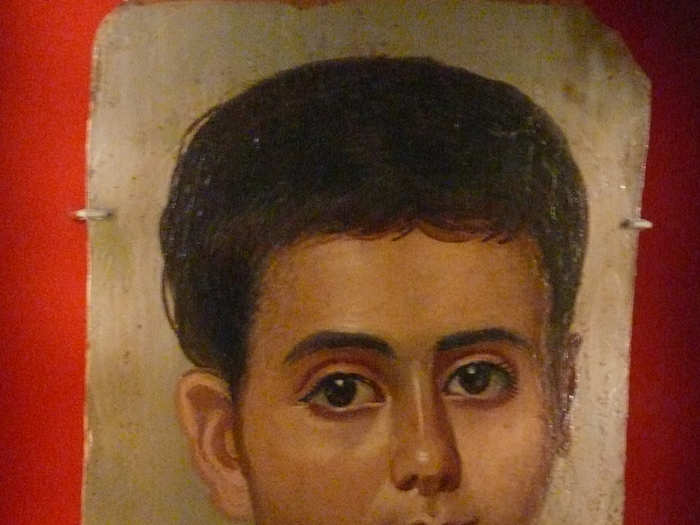
Wheat Field with Cypresses" by Vincent van Gogh (1889). "Only Vincent van Gogh can turn a landscape into an emotional ride. With every brushstroke, the energy of the wheat field, cypresses, and even the sky comes alive. During his life he was deemed to be of “secondary importance” but it soon became clear that he was a genius ahead of his time. Would you have collected a van Gogh when he was an unknown?
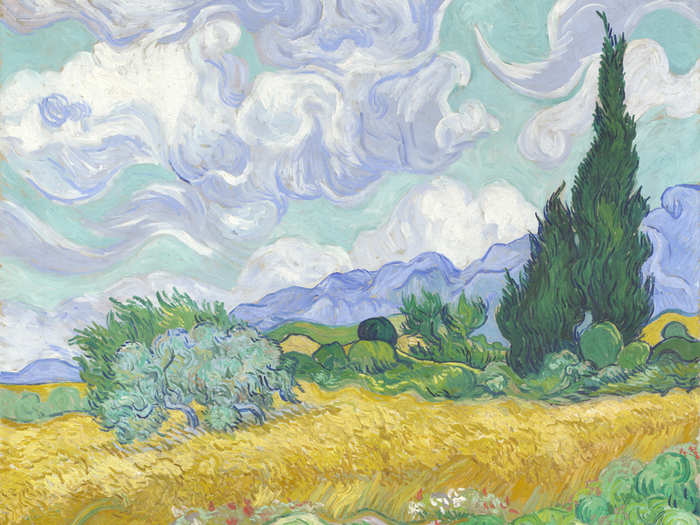
Bronze chariot inlaid with ivory from the Etruscan period. "This incredible chariot immediately transports you back in time to the beginnings of Western civilization—remember the vicious chariot race scene in Ben-Hur?"
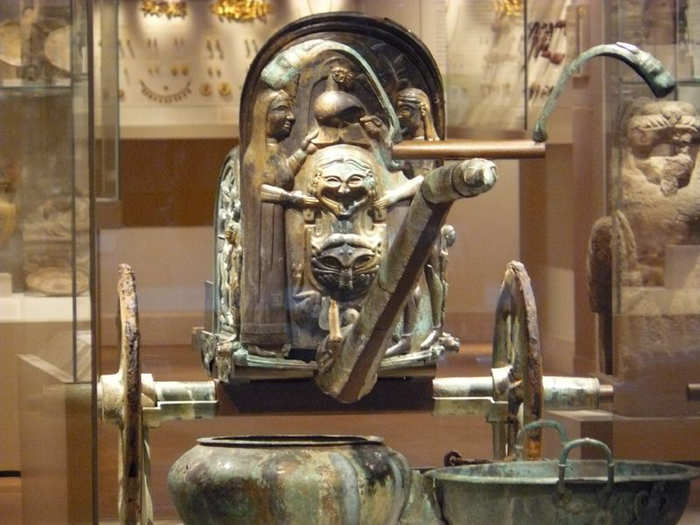
Woman with a Parrot" by Gustave Courbet (1866). "Nineteenth-century bad boy Gustave Courbet made waves in the French Academy with his paintings of stonebreakers, a funeral, and disheveled nudes. Bed hair, discarded clothing, and an overeager parrot—scandale! A masterwork of wild abandon.
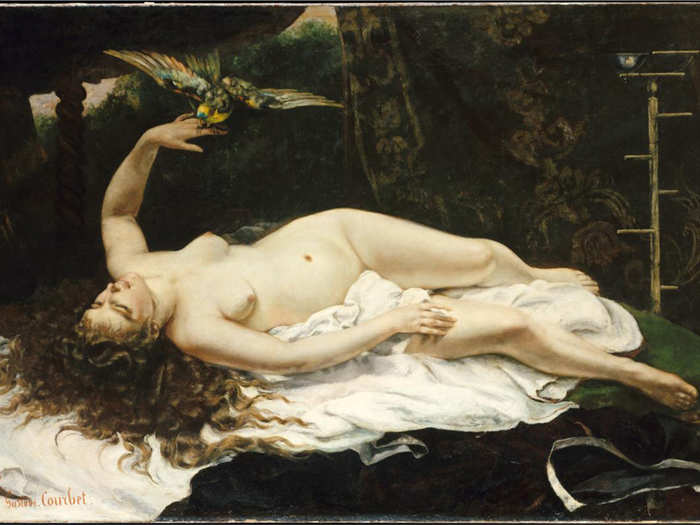
Mosque lamp (14th century). "Islamic glass incorporates historical techniques from Byzantine and Sasanian Empires and takes it to the next level with extraordinarily refined craftsmanship. The use of color, calligraphy, and decorative elements make mosque lamps from this period glitter like jewelry (which you’ll also discover at the Met)! "

Mayan relief with enthroned ruler (8th c.). "Mayan culture was scientifically and artistically-advanced in its time. This gorgeous relief mesmerizes us with its depiction of rituals, costumes, and ceremonies. Amazingly, the Mayan written language was not fully deciphered by scholars until the 1980s. Experience this original at the Met."
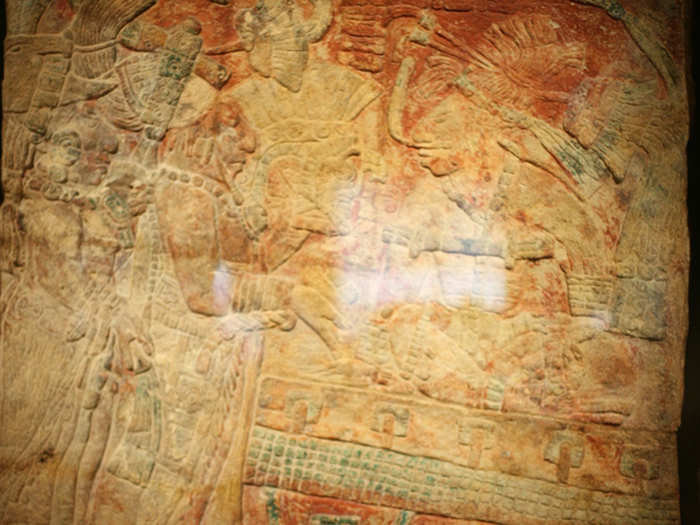
[Barefoot Boy in Chair in Coal Miner’s House, Vicinity, Morgantown, West Virginia] photograph by Walker Evans (1935). "The Met owns the entire archive of Walker Evans. Evans’ photos documenting the coal-mining communities in America are some of the most riveting images that still resonate with us today."
![[Barefoot Boy in Chair in Coal Miner’s House, Vicinity, Morgantown, West Virginia] photograph by Walker Evans (1935). "The Met owns the entire archive of Walker Evans. Evans’ photos documenting the coal-mining communities in America are some of the most riveting images that still resonate with us today."](https://staticbiassets.in/thumb/msid-21205329,width-700,height-525,imgsize-352475/barefoot-boy-in-chair-in-coal-miners-house-vicinity-morgantown-west-virginia-photograph-by-walker-evans-1935-the-met-owns-the-entire-archive-of-walker-evans-evans-photos-documenting-the-coal-mining-communities-in-america-are-some-of-the-most-riveting-images-that-still-resonate-with-us-today-.jpg)
Ugolino and His Sons" by Jean-Baptiste Carpeaux (1865–67). "This sculpture depicts the gory tale of Ugolino and his sons starving to death and his sons begging their dad to eat them! See Dante’s Inferno Canto 33. The gnawing hunger and hellish dilemma are powerfully conveyed in this Carpeaux masterpiece.
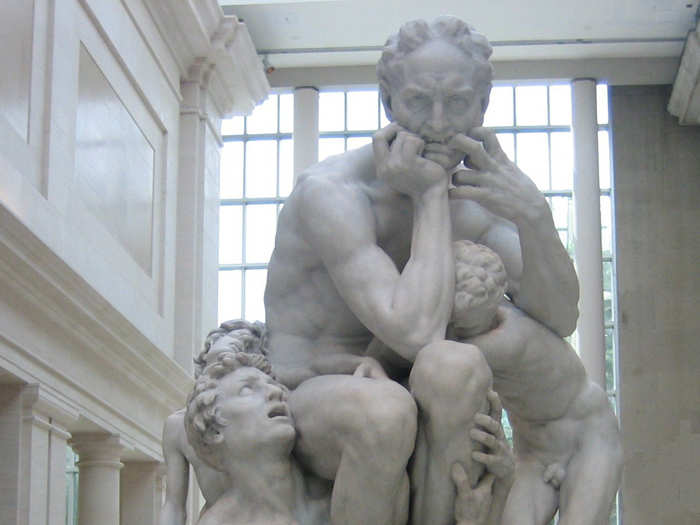
Manuel Osorio Manrique de Zuñiga" by Goya (1784–1792). "Goya captures the magic and innocence of childhood in this portrait of Manuel Osorio Manrique de Zun~iga. The three cats about to devour the magpie create a tension that makes the painting feel so ominous.
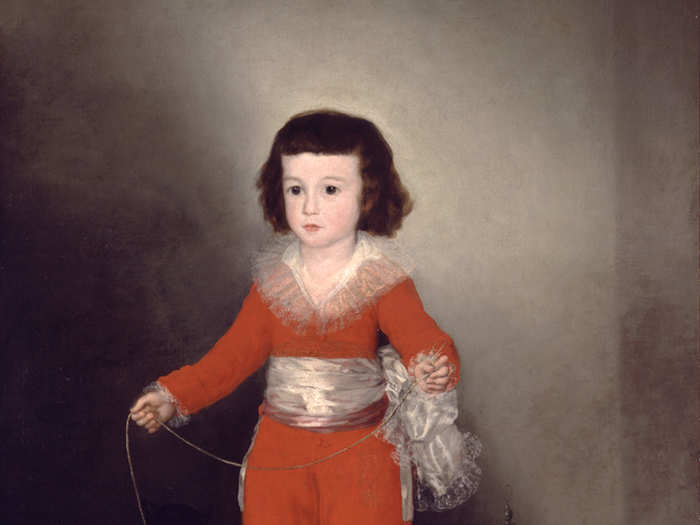
Head of a Queen Mother (Iyoba) from Nigeria (1750–1800). "This beautiful Benin sculpture of the head of a Queen Mother (Iyoba) from the 18th century is such a strong example of the aesthetic influence African art has had on artists everywhere. Being able to be inspired by artists and cultures of all time periods is what makes the Met one of the most extraordinary institutions in the world."
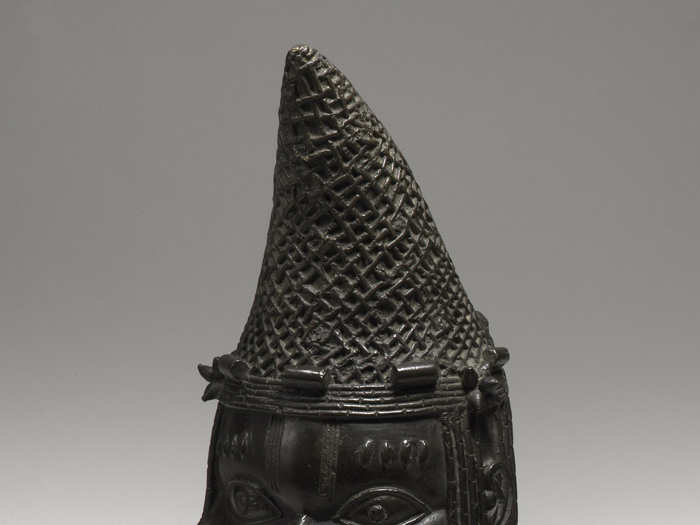
Now see some extraordinary modern art.
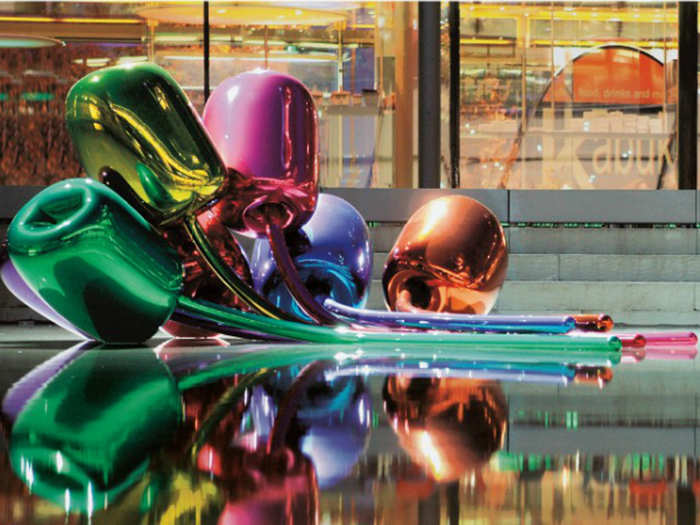
Popular Right Now
Popular Keywords
Advertisement